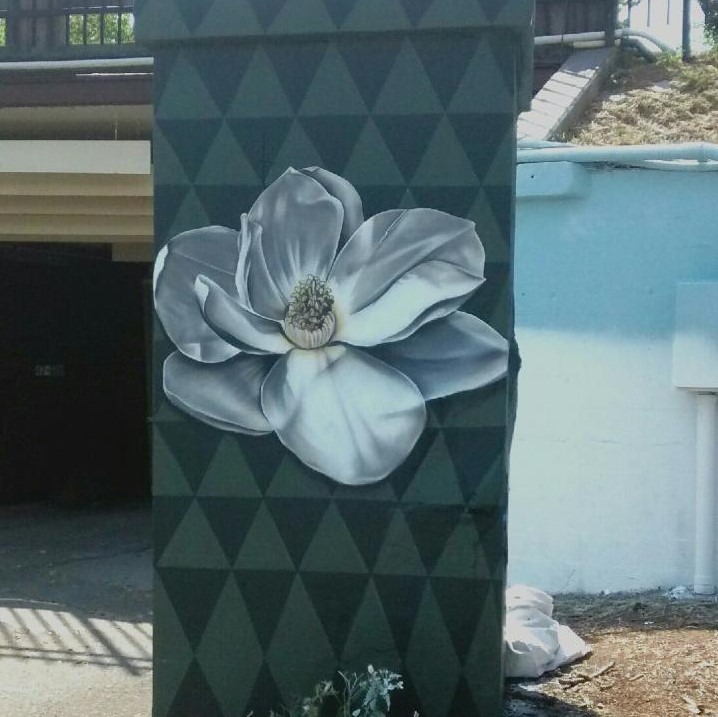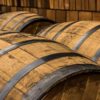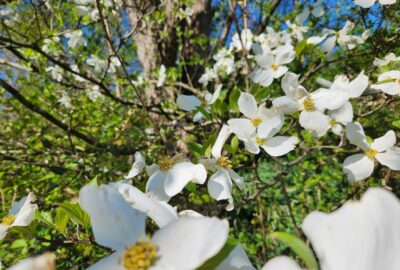9 Lakes, history
February is Black History Month
The history of East Tennessee is a mosaic of moments and people who lived and struggled in this area of Appalachia. The ever changing industries in the 9 Lakes Region has been dependent on the laborers who came either by free- will or by the will of their owner. Pre-Civil War, the region was home to people of color, both slaves and freedmen. After Jim Crow, segregation, the Civil Rights movement, and an era of urban renewal greatly impacted the lives of these families, causing displacement, social tensions, and migration.
Black History Month celebrates the people and their contributions to the history, heritage and culture of this region.
Influencing Art:
“Art offers sanctuary to everyone willing to open their Hearts as well as their Eyes.”
Noted author and poet, Nikki Giovanni was born in Knoxville, TN. Like so many people, both black and white, her family moved for jobs and came back for the summer to visit family. By the 1960’s, she was writing and collaborating with other authors and artists in the Black Arts Movement. One of her works was co-authored by writer James Baldwin, who was inspired by East Knoxville artist and influencer of the 1920 Harlem Rennaissance movement, Beauford Delaney. Nikki’s poem, Knoxville Tennessee captures the essence of her summer memories of the beauty of East Tennessee.
Alcoa’s Bess Harvey also drew her art from the beauty of East Tennessee. A self-taught sculptor, she became one of the region’s most gifted and noted folk artists. Like many Appalachian folk artists, she crafted her art from ordinary things found in nature such as wood and was inspired by her deep religious faith. Permanent exhibits of work can be found at the Knoxville Museum of Art, the Whitney Museum, and the American Folk Art Museum in New York.
A Civil Struggle
Traveling the rural communities of the 9 Lakes Region is a history lesson of people and communities. Drive slowly along Highway 170 in Union County and you just might catch a view of a small neglected sign along the roadside surrounded by farmland and a handful of homes. If you stopped (and there is no discernable parking), the sign provides a glimpse into the history of a county that was settled by people of different races and origins. At one time, these lands were simultaneously Cherokee Land, white land, and also owned by freedmen. At this lonely site, a black community once thrived. After, the Civil War ushered in Jim Crow Laws in the South; the socio-economic fortunes of the county were reshaped as people of color and those that came to escape the politics of the Civil War left the area to find more welcoming places to work and live.
In an equally rural community, the history of Newport was also being shaped by civil struggles. One of the freedoms that many people take for granted in today’s United States is “free education.” It was not until after the Civil War that schools and education became publicly funded by local taxes. Education was limited for both black and white children in the second half of the nineteenth century and schools were segregated based on skin color. By 1915, Julius Rosenwald, a philanthropist, set up a fund to build more schools across the South for students who were denied access based on skin color. Recognizing inequities of the “black” normal school, Newport’s black business leaders and craftsmen came together to build a Rosenwald funded school for their children. The Tanner school was completed in 1924 and was used for teaching until it closed in 1966, when integration was mandated in all public schools. Today, that building has been restored and converted into a community building that serves all of the people of Newport.
Communities of Unity
Maryville and the local Quakers have worked together as early as 1867 to bring the black and white community together for purposes of providing access to education. One of these Quaker funded projects was the Freedman’s Institute built to train black teachers who would then teach in both urban and rural communities in East Tennessee. Well known civic leader and educator, Charles Cansler was born in Blount County to freeman parents. Cansler was first educated at the Freedman’s Institute and then was admitted to Maryville College, prior to the days of enforced segregation. Upon completion of his studies, he studied law and was admitted to the Knoxville bar. In 1894, he ran unsuccessfully for the Tennessee state legislature. Tired of law, his passion became education, and he went on to be the principle of Austin High School and the Knoxville Colored High School. He continued throughout his life to serve the city’s black residents, helping to secure funding for Knoxville’s first Free Colored Library.
Sevier County is best known for her iconic music artist, Dolly Parton, but some of the most iconic private and public buildings in the county are the artisan craft of brick mason, Isaac Dockery. Dockery came to Sevierville as a freeman and worked as a clerk to white businessman, Henry Thomas. After the Civil War, Dockery helped establish a brick mason brotherhood, teaching his craft to other black community members. His brickwork can be seen in the foundations of and chimneys of buildings such as the New Salem Baptist Church, the Sevierville Masonic Lodge, and the Sevier County Courthouse.
Many visitors come to the Sevier County Courthouse to take a picture of the Dolly Statue, but few realize that they are also capturing the art and history of black craftsmen who helped build the community.
The 9 Lakes Region is filled with culture and heritage. Best known for its recreational assets of beautiful lakes and mountains, it is easy to forget that the region is also a significant destination for history including Civil War, Trail of Tears, and the Manhattan Project, weaving together as story about people of different races and ideals. One of the best things about the above listed locations is that each location is ideally suited for a day of discovery and most are free to explore.
Comments are closed










